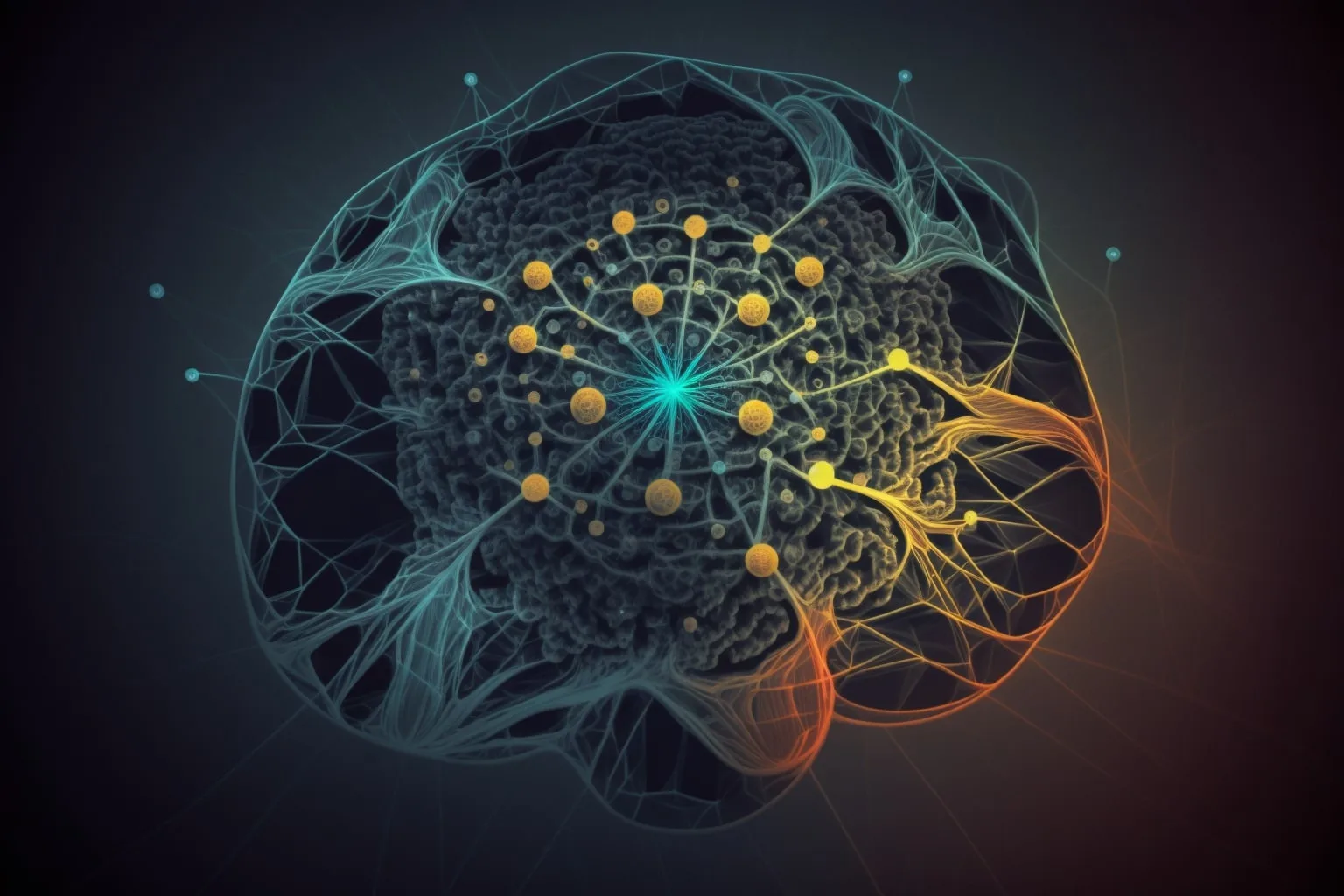
Master the Art of Semi Supervised Learning
Semi supervised learning is another powerful type of machine learning worth exploring in detail. The reason is that it combines the best of supervised and unsupervised learning.
In essence, it uses a small amount of labeled data to guide the learning process, which is the supervised part. After that, it uses a large amount of unlabeled data to improve the accuracy and performance of the algorithm.
Semi-supervised learning can be very useful when our labeled data is scarce or expensive to obtain. Because of that, it’s a popular choice in a variety of industries.
Semi Supervised Learning Applications
Natural Language Processing (NLP)
One of the most common application of this type of machine learning is in natural language processing. Because we can use it to improve accuracy which works well for text classification, sentiment analysis and more.
First, we usually use a small amount of labeled data to train the algorithm. And second, we use a large amount of unlabeled data to fine-tune the model to improve its preformance.
Computer Vision
Another important application would be in computer vision, where we can use it to improve accuracy of object detection, image segmentation and other tasks.
Similarly to the process of natural language processing, we can use a small labeled dataset to train the algorithm. Meanwhile, we use a large unlabeled dataset to improve its performance. And therefore reduce the number of false positives.
Other Practical Applications
Semi supervised learning can also be useful to improve the accuracy of anomaly detection, fraud detection and more. Therefore, it proved itself in a variety of industries, such as healthcare and finance. It’s a very neat technique for finding patterns in data, that are not immediately obvious.
There are many different algorithms that we can use with semi supervised learning. For example, we can use it for self-training, multi-view learning and co-training. Each choice of such algorithms depends on the specific task.
Conclusion
I hope this article shed some light on how this type of machine learning works and perhaps inspired you to research some more.


